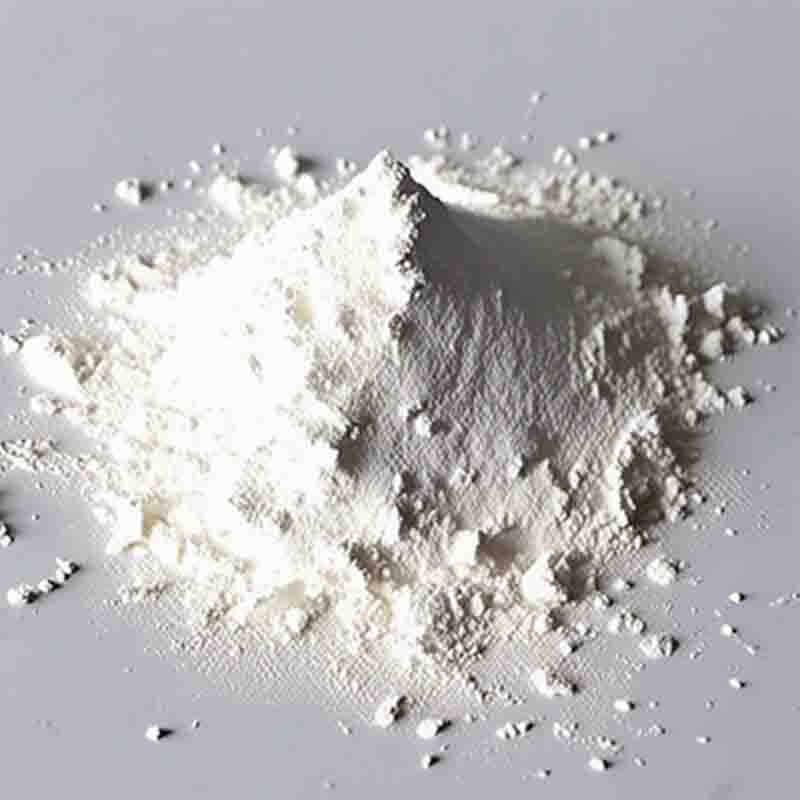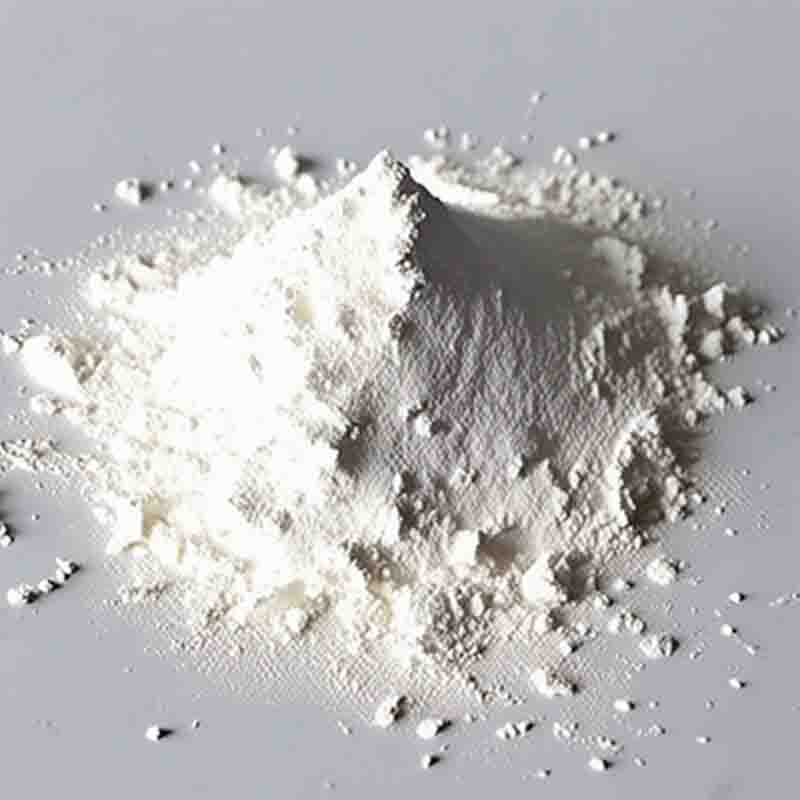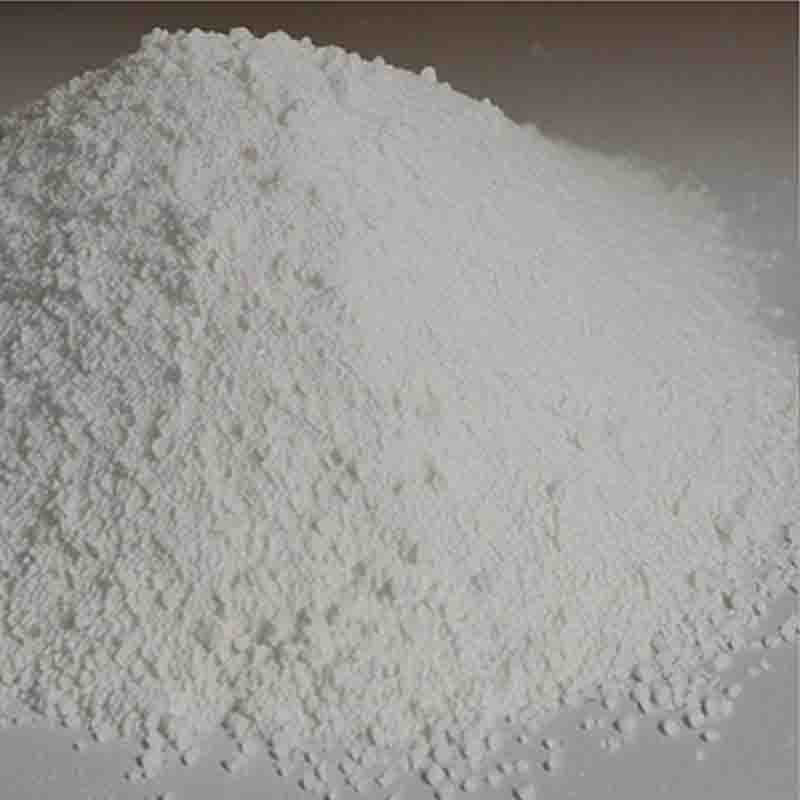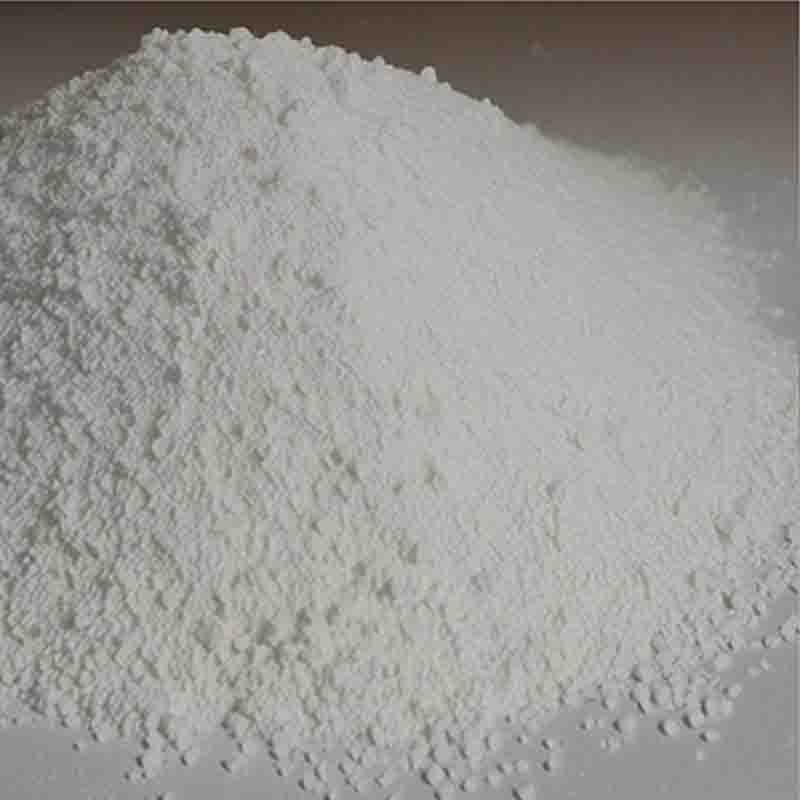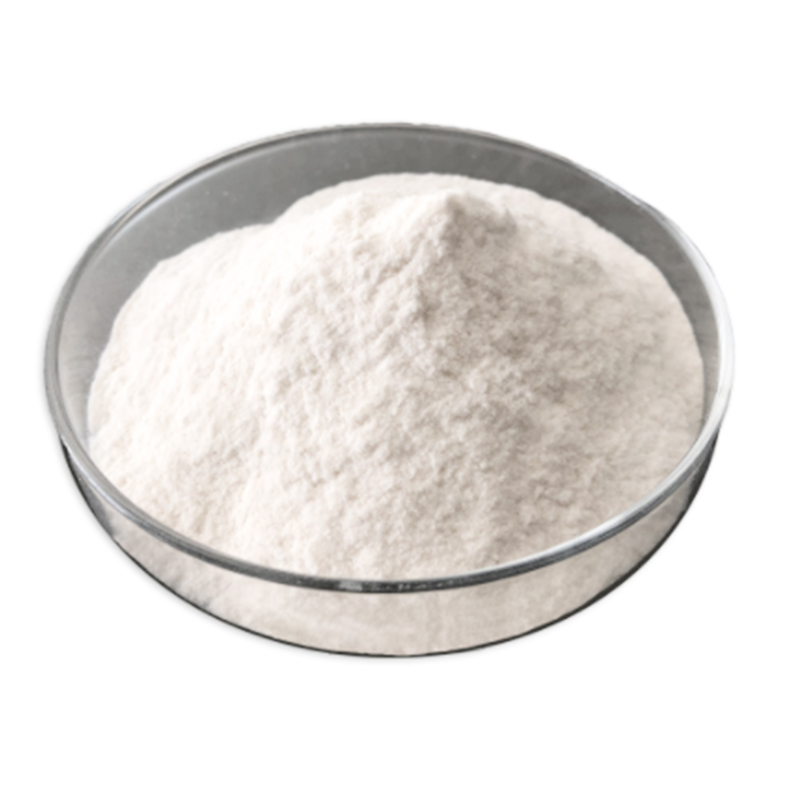(1R,3R)-9H-PYRIDO[3,4-B]INDOLE-3-CARBOXYLIC ACID, 1,2,3,4-TETRAHYDRO-1-(3,4-METHYLENEDIOXYPH ENYL), METHYL ESTER, HYDROCHLORIDE CAS: 171752-68-4
| Catalog Number | XD93648 |
| Product Name | (1R,3R)-9H-PYRIDO[3,4-B]INDOLE-3-CARBOXYLIC ACID, 1,2,3,4-TETRAHYDRO-1-(3,4-METHYLENEDIOXYPH ENYL), METHYL ESTER, HYDROCHLORIDE |
| CAS | 171752-68-4 |
| Molecular Formula | C20H19ClN2O4 |
| Molecular Weight | 386.82886 |
| Storage Details | Ambient |
Product Specification
| Appearance | White powder |
| Assay | 99% min |
(1R,3R)-9H-Pyrido[3,4-b]indole-3-carboxylic acid, 1,2,3,4-tetrahydro-1-(3,4-methylenedioxyphenyl), methyl ester, hydrochloride is a chemical compound with potential applications in medicinal chemistry and drug discovery.This compound belongs to the class of pyridoindole derivatives, which have shown significant biological activities, including anticancer, antiviral, and anti-inflammatory properties. The molecule contains a pyrido[3,4-b]indole core, which is a fused aromatic ring system known for its structural rigidity and potential to interact with biological targets.The presence of a carboxylic acid moiety suggests that this compound may act as a prodrug, where it can be modified in vivo to produce the active form of the drug. The ester form of the compound, along with the presence of the hydroxyl group, allows for potential hydrolysis under appropriate physiological conditions, enhancing the drug's bioavailability and metabolic stability.The 1,2,3,4-tetrahydro-1-(3,4-methylenedioxyphenyl) substitution on the pyrrole ring provides steric hindrance and potentially influences the compound's interactions with biological targets. This substitution pattern has been observed to impact the compound's biological activity and selectivity.The attachment of the methyl ester group and the presence of the hydrochloride salt form offer opportunities for improved solubility and formulation of the compound for oral administration. These modifications can enhance the absorption and systemic availability of the drug, increasing its potential efficacy.The (1R,3R) stereochemistry further adds to the compound's uniqueness and potential biological activity. Stereochemistry plays a crucial role in drug-receptor interactions and can significantly influence the compound's pharmacokinetics and pharmacodynamics.Given the pyridoindole structure and the presence of the ester, carboxylic acid, and hydrochloride moieties, this compound holds promise for further development as a potential therapeutic agent. It may exhibit activities such as anticancer, antiviral, or anti-inflammatory effects, with the potential for modifications to enhance potency, selectivity, or metabolic stability.In conclusion, (1R,3R)-9H-Pyrido[3,4-b]indole-3-carboxylic acid, 1,2,3,4-tetrahydro-1-(3,4-methylenedioxyphenyl), methyl ester, hydrochloride possesses potential in medicinal chemistry and drug discovery areas. Its unique structural features and modifications offer possibilities for developing potent and selective therapeutic agents. Further exploration, including synthesis, biological assays, and pharmacokinetic studies, is needed to fully understand its potential therapeutic applications and unlock its optimal use in these fields.


![(1R,3R)-9H-PYRIDO[3,4-B]INDOLE-3-CARBOXYLIC ACID, 1,2,3,4-TETRAHYDRO-1-(3,4-METHYLENEDIOXYPH ENYL), METHYL ESTER, HYDROCHLORIDE CAS: 171752-68-4 Featured Image](https://cdn.globalso.com/xdbiochems/白色粉末1224.jpg)
![(1R,3R)-9H-PYRIDO[3,4-B]INDOLE-3-CARBOXYLIC ACID, 1,2,3,4-TETRAHYDRO-1-(3,4-METHYLENEDIOXYPH ENYL), METHYL ESTER, HYDROCHLORIDE CAS: 171752-68-4](https://cdn.globalso.com/xdbiochems/粉末1130.jpg)

